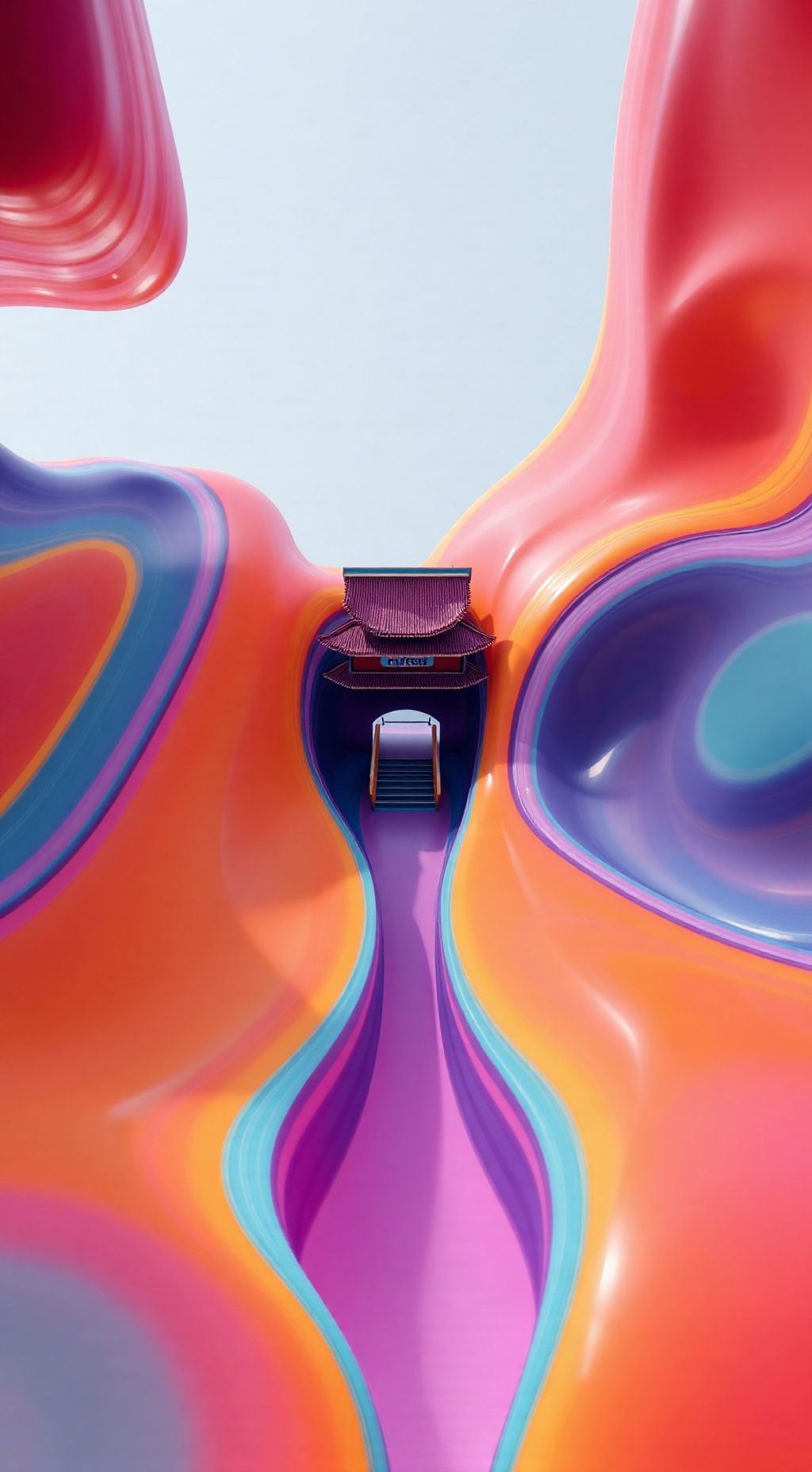Revolutionary Breakthrough: Ai Model Trains With Unprecedented Efficiency
Efficient Long-context Language Model Training by Core Attention Disaggregation Self-attention …
23. December 2024

South Korea’s unique aspect ratio of 2.25:1 sparked a fascination in me during my travels. To capture this visual language, I experimented with desqueezing after post-processing to avoid the hassle of doing it in-camera. However, anamorphic images can be challenging for photographers due to their rendering quirks.
Fortunately, advancements in technology have made affordable options available, such as cinema-inspired lenses with 5:1 or 2x ratios. These still lenses may not match the optical quality of full-fledged cine lenses from companies like Sigma but offer a more budget-friendly alternative.
I began searching for these alternatives alongside fellow photographers, and we discovered they could be an effective solution. Yet, cropping images to make them vertically consumeable or sharing them horizontally poses its own set of problems.
My approach is centered around showcasing the images as intended – by taking them wide-screen – allowing viewers to decide how they prefer to experience the art.
The key lies not in the lens but in how we capture and present these images. By embracing this aspect ratio, photographers can create unique experiences for their audience. In my case, I chose to display the images in their original format, trusting that viewers will appreciate them as intended.